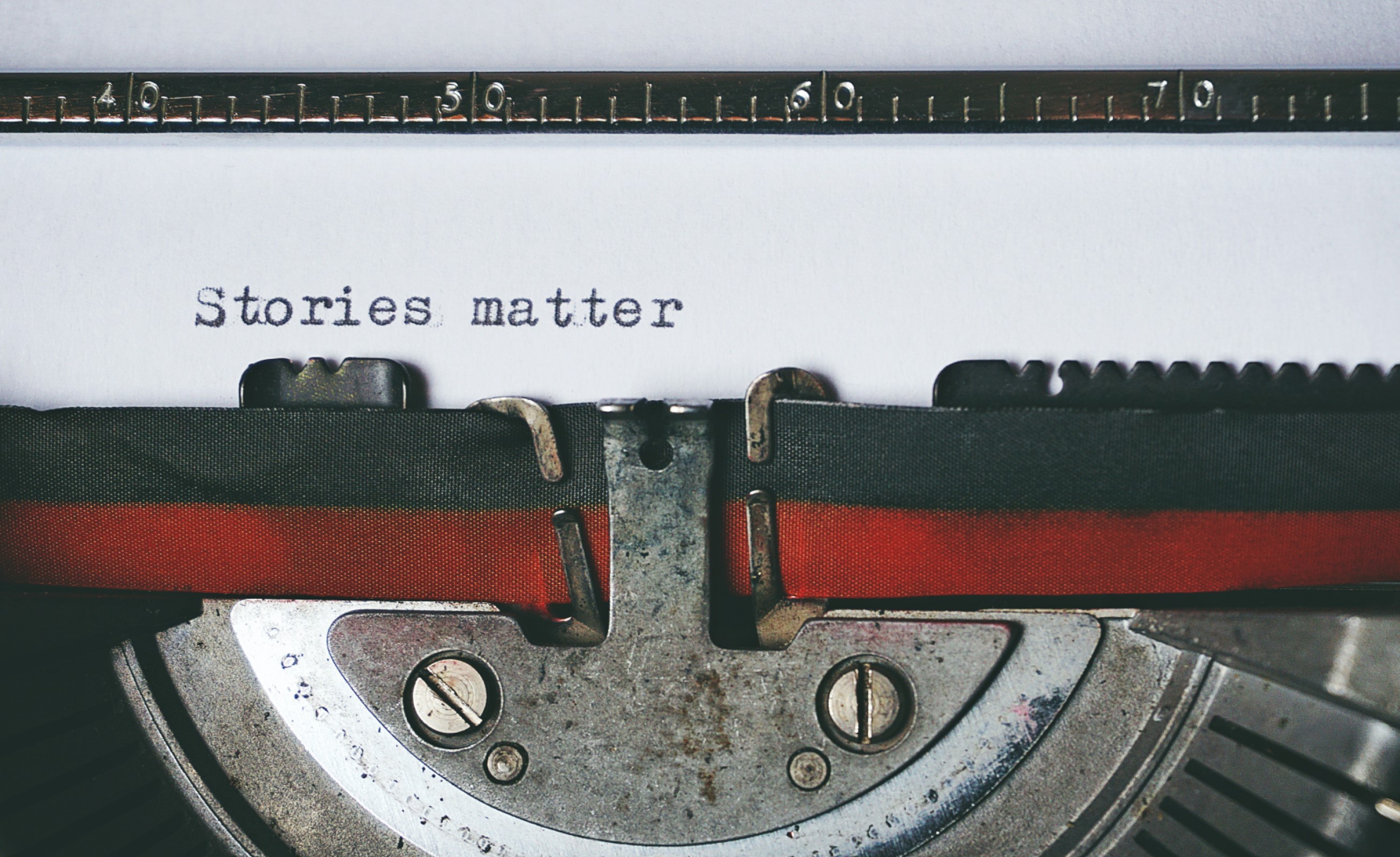"Oh my gosh, I can totally imagine this happening!"
"This is so amazing, I can see the entire scene playing inside my mind while reading!"
Have you ever gotten comments on your book similar to the ones above? If you did, I can imagine you were over the top happy, but you might have also wondered what sparked this reaction from your readers and what you could do to spark this reaction again?
The answer is most likely that you used the simple and basic writing tip; 'Show, don't tell'. You have probably heard about this before, maybe you already use it in your writing, but if you have ever wondered 'how' and 'when' you use this tip, then read carefully.
What is the difference between showing and telling?
When you tell, you simply give your readers the information as if you were telling them in person. You state facts about your characters and the plot revolving around them. You might tell your reader that your character is 'tall', or 'short'. Maybe you tell them he's 'happy' or 'angry'. Or you could tell them your story happens during 'fall' or during 'summer'.
When you 'show', you try to paint a picture that your readers will be able to see inside their head. You might not give them all the information directly, but by reading your description of the scene or the character, your readers are able to deduct what you are trying to say. This way your readers also gets more connected to your story and your characters.You are getting your point across between the lines of what you are writing.
Here are some examples:
Telling: She was a short girl.
Showing: The girl tilted her head backwards to be able to look eye to eye with the boy in front of her.Telling: It was summer. Showing: On the clear sky, the sun was shining brightly and all around, people were wearing sunglasses and feeling the sun kiss their skin.
Telling: He was angry. Showing: As he was talking, his voice kept rising and after giving his last statement, he slammed his fist on the table.
Is it never alright to 'tell' rather than 'show'?
Of course it is! Everything has a place and time. If you try to 'show' everything in your story, you will end up overexplaining everything. We shouldn't treat every sentence in our book as the the most important sentence. Some sentences are only there to lead to the next. Likewise; some scenes are just there to lead to the next scene.
Maybe your character is going to a conference and at this conference something very important to the plot will happen. Then, which of the two scenes do you think would be better to use most time on? The scene describing how your character travels to the conference, or the scene at the conference? I think we can both agree on the last one.
On the less important scenes it can be better to simply 'tell' what's happening and then spend more time on 'showing' the events that are truly important to the plot.
If you have read my book "The Perfect Student", you might have noticed that I try to 'show' my characters emotions rather than telling. When my main character is either sad or scared or maybe having a panic attack, I try to describe exactly how she feels in that moment without simply stating the fact that she is "having a panic attack".
But when my character has to go from A to B, are going through a normal school day or simply going to work, I try to skip over it lightly instead of spending a lot of time on those scenes.
I am generally a big fan of using the 'show' technique when describing a characters emotion. I once read that you can try to think of it as a movie. In a movie you can't tell what a character is feeling or thinking, so the actors have to show it through their actions. You can apply this in your story as well. Try to explain what your character is thinking or feeling by describing how they act to people around them, what they say and how they say it.
I really
Happy writing!
Love Annalise~

